Here’s a cute activity to get kids talking about stories they’ve enjoyed recently.
Recently, some second graders and I read Quiet! There’s a Canary in the Library! by Don Freeman (you might know the lovely Corduroy stories?). It’s about a little girl named Cary who spends some time in the library daydreaming about what would happen if she were the librarian. She dreams up a day for animals to come in and look for books. What would they want to read? Which books would she recommend to them? It’s a sweet little story, and after we read it, I gave the second graders a sticky note and asked them to draw an animal they would like to take to the library, and which story they’d like to read to them.
It’s a simple activity that takes about five minutes, but I think it’s fun to see students pair up an animal with a book. A shark would need a shark book, of course, rhinos would enjoy the Goosebumps series, a cat would certainly be lulled to sleep on the lap of someone reading Goodnight, Moon.
That guinea pig is the cutest thing I’ve ever seen.
I am learning a lot about how to teach the lower grades these days. I’m scouring through early childhood literacy blogs, carefully attending to the schools’ literacy curriculum to make sure I cover concepts I’ve taken for granted because I haven’t had to practice them since my days in Mrs. O’Brien’s Kindergarten class.
It’s a different kind of teaching, and I respect and enjoy it. The other day, I was helping a second grader with “chunk” words, specifically, “ar” words: shark, arm, farm, for example. I printed out a worksheet with maybe twenty “ar” words and asked him to color all the “ar” parts in the words. Then, he read them.
There are many sounds I believe are miraculous – my children’s laughter, music from Buena Vista Social Club, or Miles Davis’ “Kind of Blue,” water turning itself into coffee and plunking into the thermos on a dark morning, but the sound a child makes when words become fluent is perhaps the best sound of all. The only thing I can equate it to is the cartoon of Popeye when he eats his spinach and his muscles immediately bulge. Listening to this boy read was like watching someone digest power.
“Mrs. Feyen,” he told me, “I have these words.”
“Yes, you do,” I said. Those words are his now, and they won’t go away, and what will he do now that he can read and write “shark”? Maybe he’ll imagine taking the fish to the library and reading it a book about itself; maybe he’ll show this ferocious being a thing or two about what it is he can do.
We need to have both a love of skill and a love of imagination in the classroom is what I’m learning. If we teach the fundamentals of reading with a sense of curiosity and wonder, then we are modeling for students how to treat something when we are struggling to understand it. I don’t think the struggle to understand something ever goes away. Struggle, in fact, is what makes a story great.
Here’s a stack of books I read recently. None of them are books I chose to read, and I don’t suggest this is a bad thing. I read them because of friends’ recommendations, because I’m in a book club, because I was asked to be a part of a project at church. I’m glad I read them, because in each story, I struggled, and while it might not have been a fight to sound out words, something about that wrestling has left me seeing the world differently. I walk differently now. My world’s a little more broader. These stories, like my student’s “ar” words, are mine. What will I do now that I have them?
To start, I’ll suggest an animal that might like each story, or, that would be a good being to sit with as I read them.
The Hate You Give: I think a chameleon would be an empathetic listener if I were to read her this realistic story that’s in part, about a girl who must decide when and how to change herself as she moves from world to world. In some cases, she must change not only to thrive but to survive. (I would love to teach this book alongside To Kill a Mockingbird, by the way. The fathers alone in each story would provide a years’ worth of study.)
Waking Up White: An ostrich would be the animal to have along for this nonfiction book. The urge to put her head in the ground when she’s uncomfortable or feels as though she’s in danger would occur often, and she could practice keeping her head up and seeing what there is to be done about the situation she is in.
The Twelve: I’d want a lioness or a mama grizzly bear to read this story with me. You need to be strong, you need to be willing to endure, and you need to have a violent, fierce hope to stay in this story.
The Road Back to You: I’d need Dumbledore’s phoenix bird, Fawkes. I’d need to read this book with a creature who knows the changes it’s capable of; who knows it is one thing, but that is not all it is. There are parts of ourselves that rise from the ashes, that are renewed and strengthened despite the burning and stinging it sometimes takes to bloom, and fly.
Of course that’s not really going to happen. No library is going to allow a little girl to bring in lions and rhinos and elephants in the building to read books. Still, it’s fun to think about what would happen if we did hold the paw or fin or claw of a thing we were slightly afraid of, sit down with it, and read a story.
I think it’s mischievously delightful to consider what would happen.
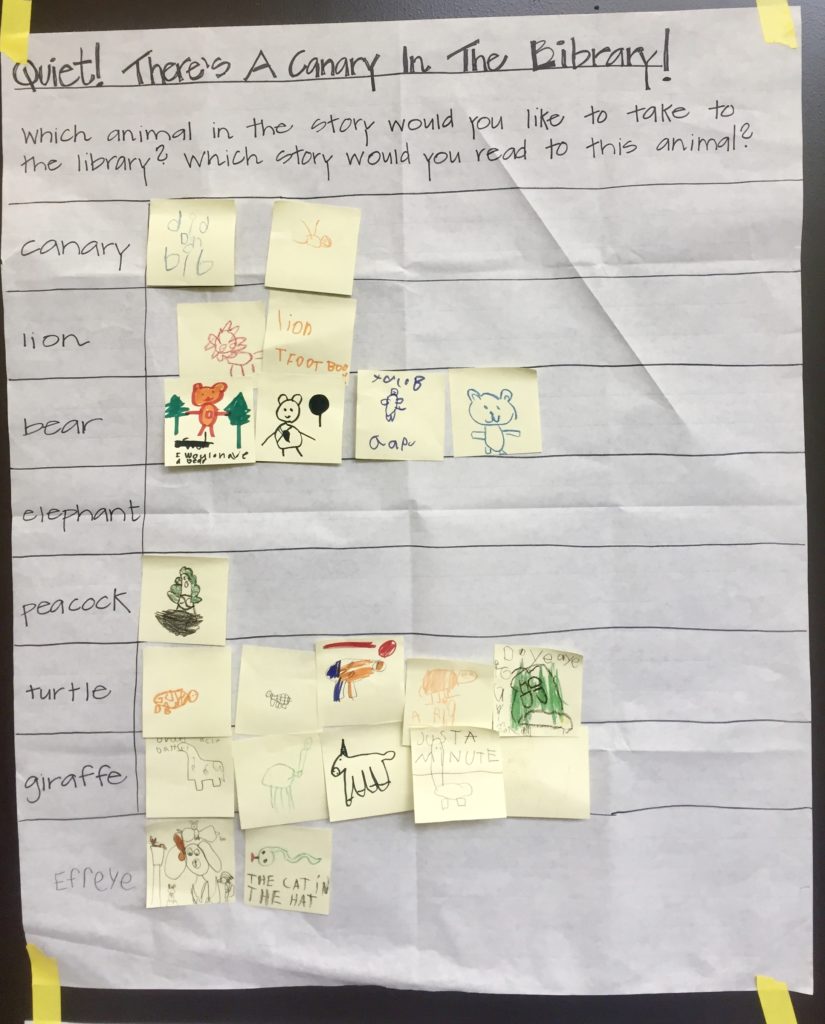
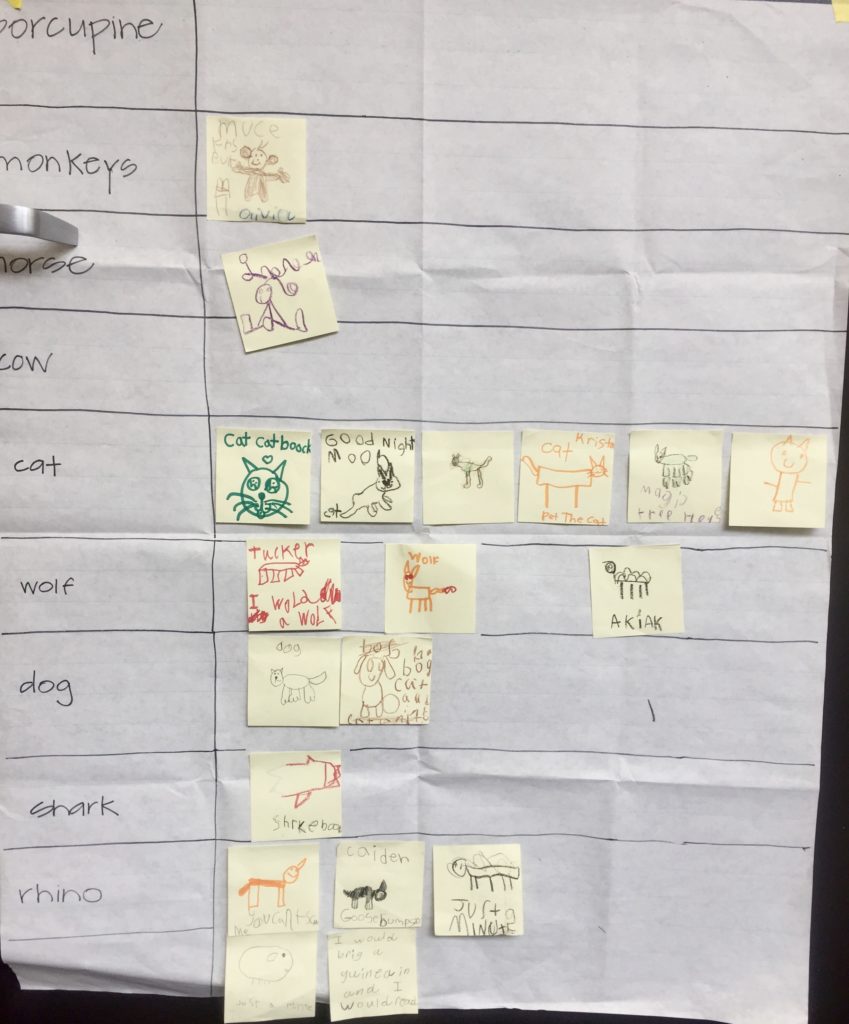
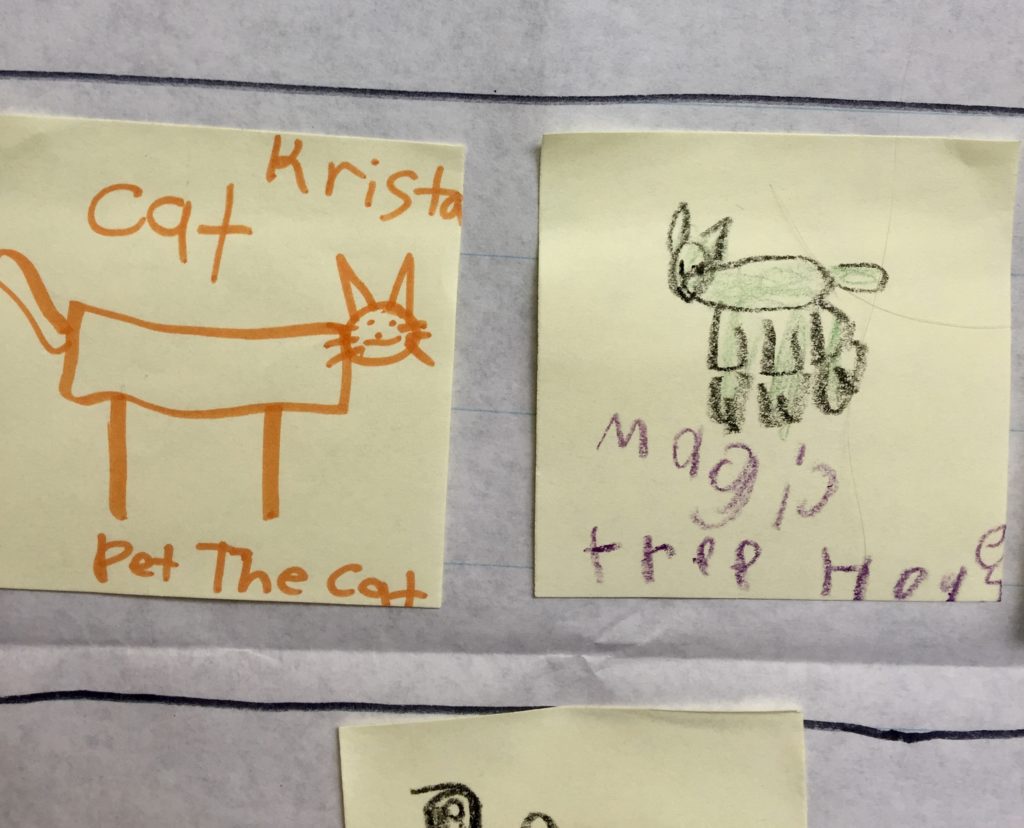
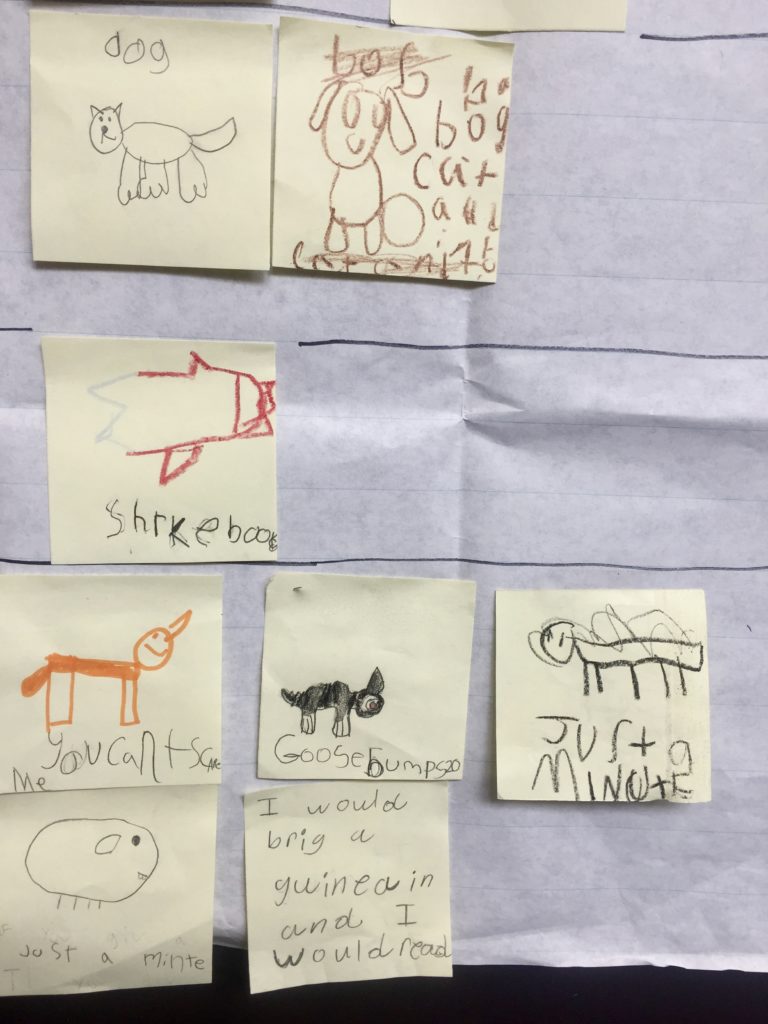
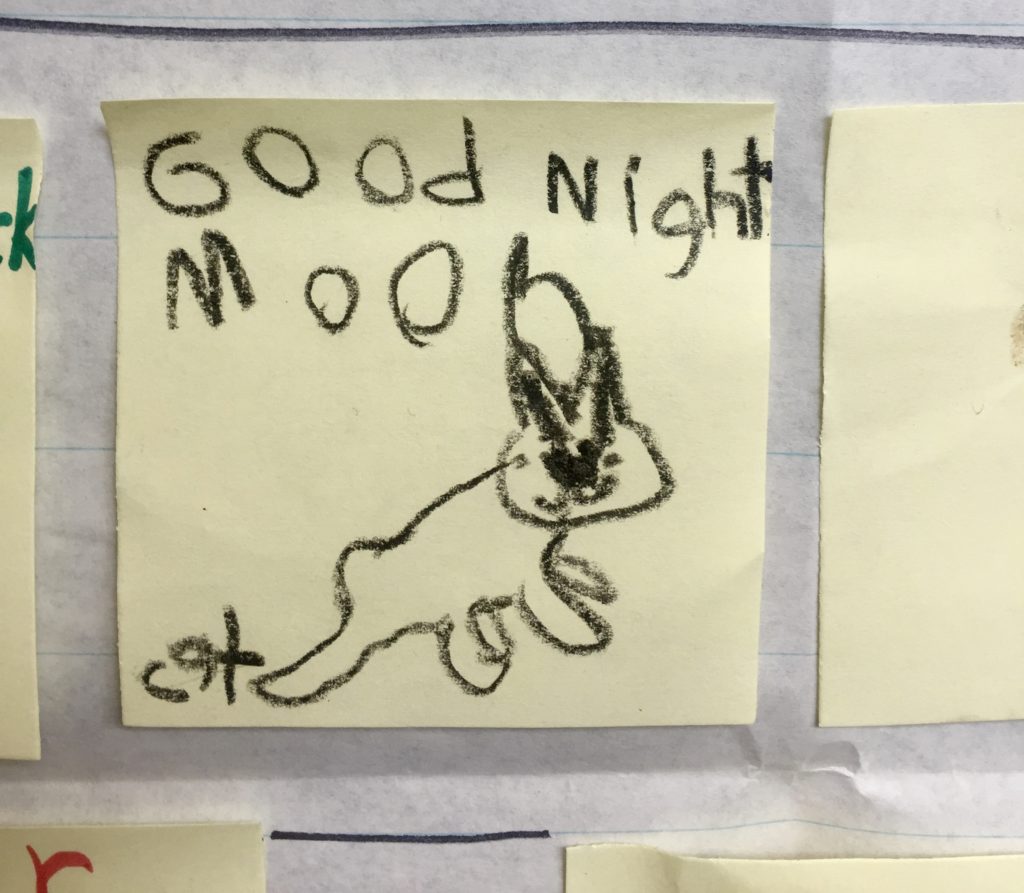
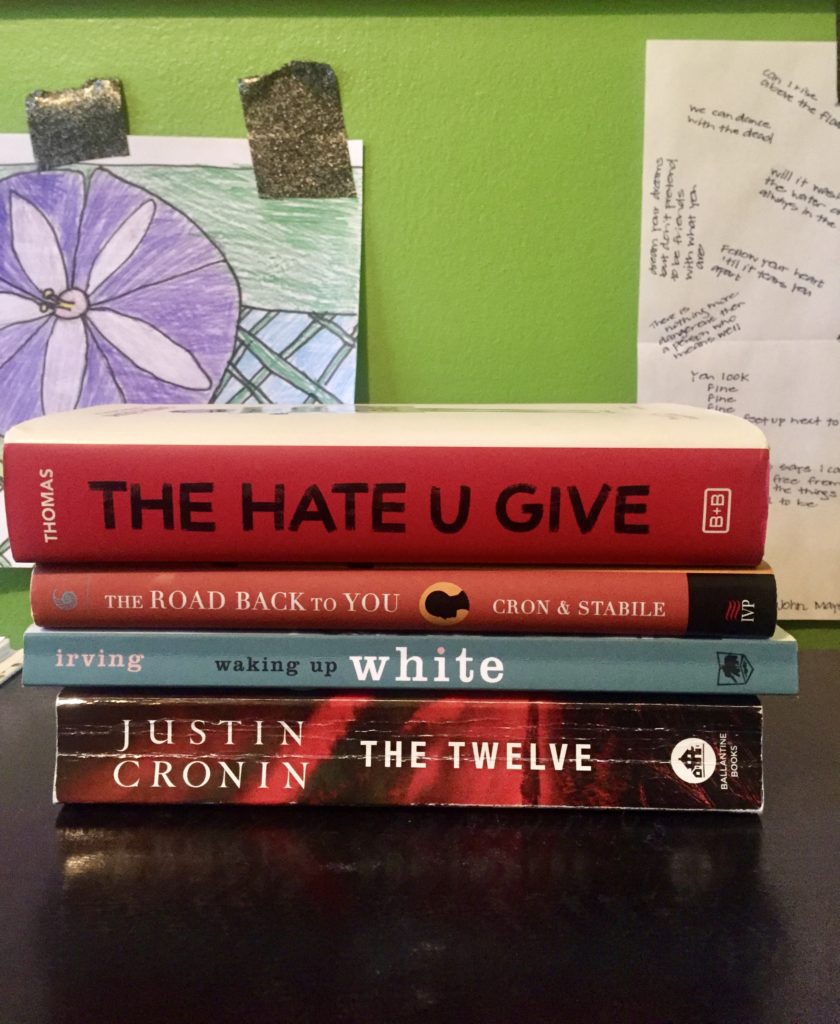

Once again I am floored. You are such a beautiful writer. The power to digest words. Amazing. And I am looking up this book!
I love your “animals in the library” activity! Two great picture books that we discovered in the past year are Use Your Imagination by Nicola O’Byrne, and Little Red Writing by Joan Holub. In Use Your Imagination, the big bad wolf tries to pass off as a librarian and thus capture Rabbit; Rabbit, however, uses imagination to outwit the wolf. It is clever and delightfully funny.
In Little Red Writing, Little Red is a pencil, and the wolf character turns out to be a high-powered pencil sharpener who tries to pass himself off as granny. Along the way to granny’s house, Little Red travels with her basket of words, navigating the “deep, dark, descriptive forest,” and much more. Both of these books are great for inspiring young writers, and great fun to read.
Your writing is always inspiring and much appreciated!
Barb